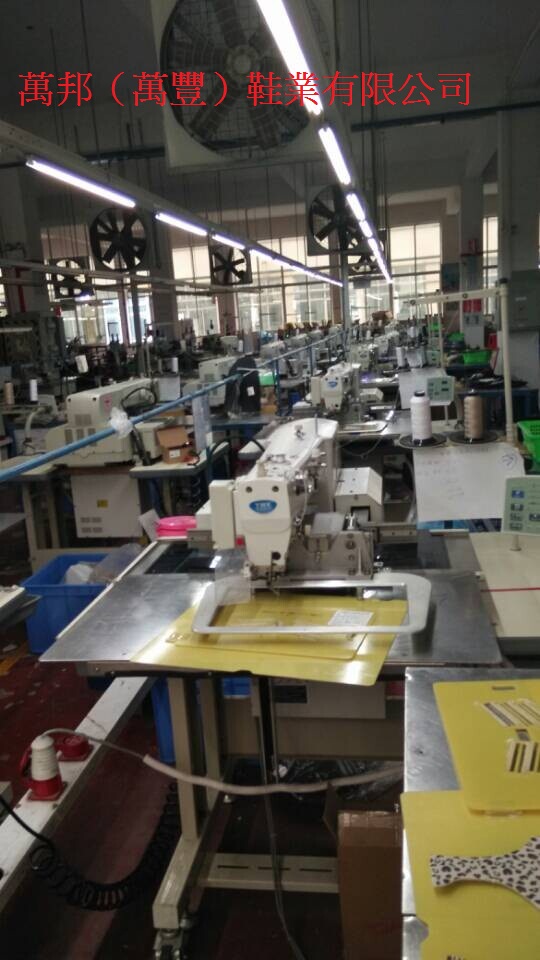Affected by the epidemic, the production rhythm of many textile exporting countries was disrupted, coupled with the holiday consumption season brought market opportunities, clothing order flow has become the focus of attention at home and abroad. India, Vietnam, Bangladesh and other garment export countries, how much of the order flow to China's spinning, weaving industry pull power in the end?
Of the 15 countries that signed the RCEP agreement, India, one of the founding members, did not choose to join. Even at the call of the remaining agreement countries, india's spokesman said that "important issues have not yet been resolved" and would not consider joining for the time being. Industry insiders say that on the basis of mutual benefit, it is not ruled out that some textile order factories in India will lose orders from the contracting countries as a result. With this agreement, more overseas textile orders will flow to factories in China in the future.
Previously, because of the impact of the outbreak led to the indian factory textile orders back to the domestic, a time to solve some of the domestic garment textile foreign trade factory's urgent needs. With the signing of the RCEP agreement, tariff barriers will be reduced, and trade between the 15 countries that signed the contract will be closer than in the past, which will further promote intraregional trade, of which textiles and clothing will benefit the most.
Vietnam's Investment Daily recently reported that Vietnam's Ministry of Industry and Trade submitted to Congress the latest report shows that the textile and clothing industry annual exports of nearly 40 billion U.S. dollars, the need for cloth 10 billion meters, but the domestic fabric production capacity of only 2.3 billion meters, self-severity rate of about 25%, most of the fabric depends on imports from China, Taiwan and South Korea, the domestic garment processing industry only stay in the industrial chain sewing link, low value-added, difficult to meet the Vietnam-Euland Free Trade Agreement provisions of the origin of the agreement.

Sri Lanka's garment industry has been the victim of a new crown outbreak, with exports of clothing and textiles falling 21.97 per cent year-on-year to $3.1bn in the first nine months of the year, the lowest level in five years and a record $3.9bn in 2019, the Financial Times reported.
According to Myanmar's Ministry of Commerce, garment exports reached $4.28 billion in the 2019/20 fiscal year, down 6.95 percent from $4.6 billion a year earlier, the Myanmar Global Star-Star newspaper reported.
Myanmar garment industry exports to the European Union countries enjoy preferential tariffs, so it is the main traditional export project, accounting for about 30% of the total export amount, this year due to the impact of the new crown epidemic, garment raw materials imports blocked, international market demand slowed down and the withdrawal of orders and other negative factors, resulting in the closure of some garment factories, has caused thousands of workers unemployment.
In order to avoid the impact of the epidemic on international traffic caused by the shortage of raw materials supply, experts suggest that the government and non-governmental organizations to establish a complete garment industry spinning, weaving, dyeing, seam manufacturing and other supply chains to deal with.
Shenzhen Chaocheng Sewing Technology Co., Ltd
Business Type:Manufacturer
Product Range:Leather Production Machinery , Other Shoemaking Machines , Sewing Machines
Products/Service:automatic sewing machine , shoe sewing machine , pattern sewing machine , leather sewing machine , computerized sewing machine , industrial sewing machine
Certificate:ISO9001 , CCC , CE
Company Address:building NO.7, Baolong 5 Rd, Tongle technology park, Longgang district Shenzhen City, China, Shenzhen, Guangdong, China
Previous: The China Stitch Association held an annual wrap-up meeting of the secretariat
Next: "Leader" of the Enterprise Standard in Sewing Machine industry has Coming